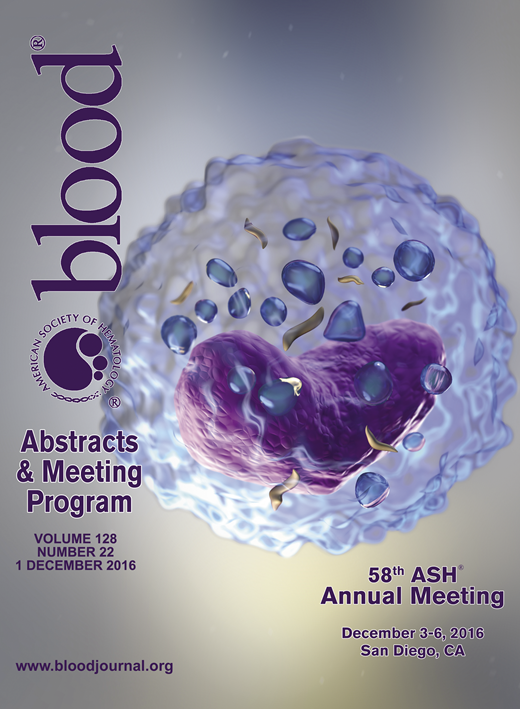Abstract
Introduction: Beginning early in childhood, patients with sickle cell disease (SCD) are at risk of life-threatening and debilitating health events. Despite the high morbidity and mortality of this disease, hematopoietic cell transplantation (HCT), the only curative therapy for SCD, remains underutilized. Multiple factors, both patient and provider related, may contribute to the low rates of HCT in this population. Clinician attitudes are an important factor to consider when evaluating the uptake of medical interventions. There is a paucity of data concerning hematologists' attitudes about HCT as a treatment for SCD, and the impact of these attitudes on clinical practices relating to this therapy.
Objectives: To identify pediatric hematologists' attitudes regarding HCT as a treatment for SCD, and to determine the relationship between clinician attitudes about this therapy and clinical practices of discussing HCT with the families of children with SCD.
Methods: A nationwide web-based survey of pediatric hematologists/oncologists was conducted February-May 2016. Current fellows and graduates of pediatric hematology/oncology fellowships in the United States (US) were eligible to participate. The 36-question survey was distributed via web links, which were emailed to a listserv compiled from the American Society of Pediatric Hematology/Oncology (ASPHO) membership roster (N=1149), and to program coordinators at 70 pediatric hematology/oncology fellowship programs across the US. Participation was incentivized Multivariable linear and logistic regressions were performed to assess the relationship between clinician attitudes about HCT as a treatment for SCD and clinical practices of informing families about HCT.
Results: 312 pediatric hematologists/oncologists (260 attending physicians, 52 fellows) participated in the survey (~20% response rate). 297 surveys were included in the analysis. 96% currently provide care for pediatric patients with SCD, or did so in the past (N=284). On average, respondents discuss HCT with 42% of families of children with SCD (N=249, 95% CI: 37.5-45.8), and typically first inform families about HCT: during the initial encounter (15%, N=39), within a certain time frame after establishing care (25%, N=65), by a certain patient age (5%, N=13), after the patient has passed a certain threshold of disease severity (46%, N=121), or typically don't, unless the patient/family brings it up (9%, N=24). University-based practice and agreement with the statement "the cost of HCT to the family is too high to justify its use in most children with SCD" and "the risk of mortality from HCT is too high to justify its use in most children with SCD" were associated with informing a lower proportion of families about HCT. Caring for a higher percentage of patients with SCD and personally performing HCT were associated with informing a higher proportion of families about HCT. Agreement with the statement "the risk of mortality from HCT is too high to justify its use in most children with SCD" and "the cost of HCT to the system is too high to justify its use in most children with SCD" was associated with a higher likelihood of first informing families about HCT after patients have passed a certain threshold of disease severity. Community-based practice setting and caring for a higher percentage of patients with SCD were associated with a lower likelihood of first informing families about HCT after patients have passed a certain threshold of disease severity.
Conclusions: There is considerable variability in pediatric hematologists' practices of informing families of children with SCD about HCT as a treatment option. Data from this nationwide survey suggest that clinician attitudes about HCT as a treatment for SCD may impact timing as well as likelihood of discussing this treatment. Establishment of guidelines regarding parent/guardian education about HCT may enhance practice uniformity and increase awareness of this treatment in the pediatric SCD population.
Piccone:Novartis: Other: Speaker.
Author notes
Asterisk with author names denotes non-ASH members.

